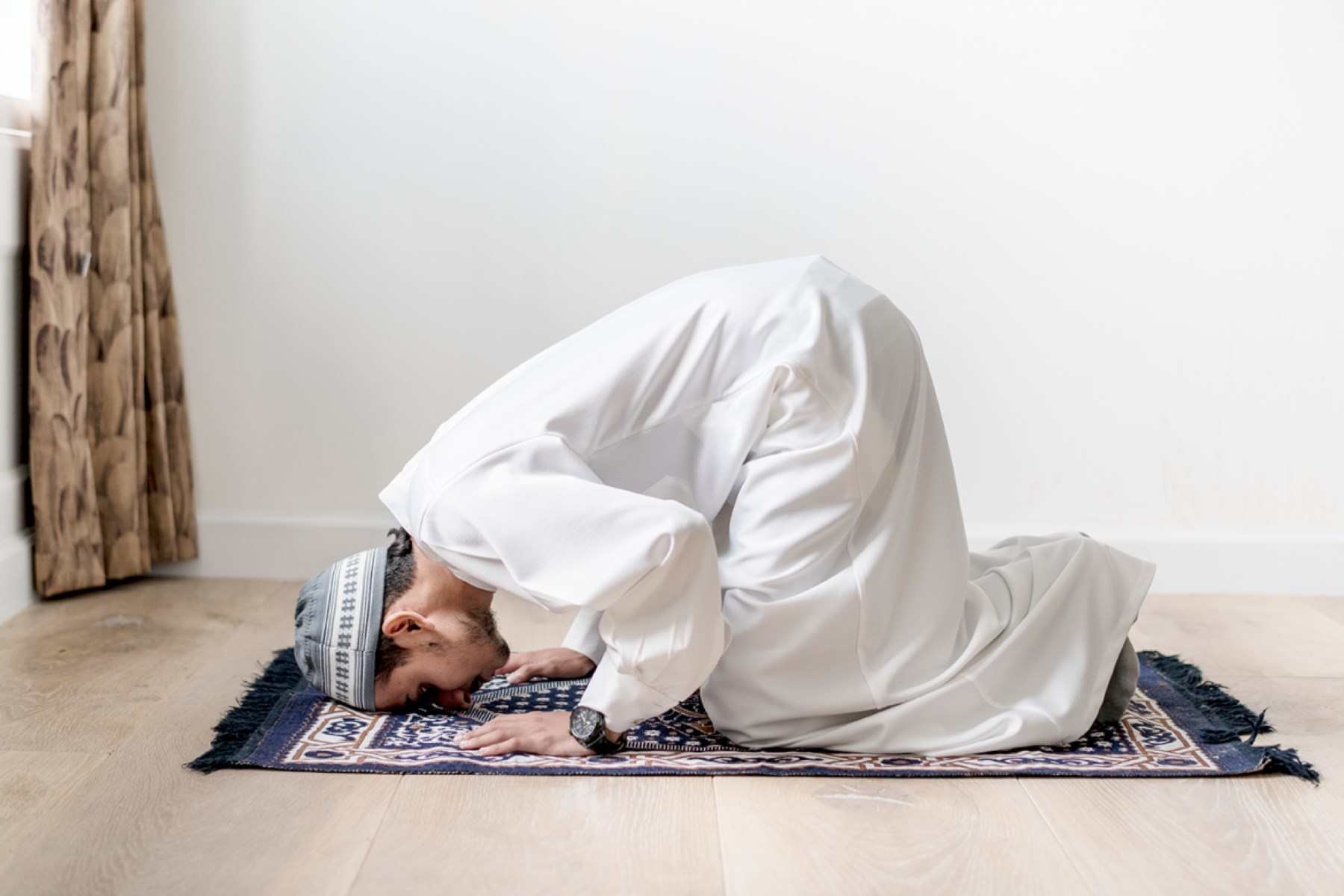

Articles
Why Do Muslims Pray On Rugs
Modified: January 18, 2024
Discover the significance of prayer rugs in Islamic worship and explore the articles discussing the reasons behind Muslims praying on rugs.
(Many of the links in this article redirect to a specific reviewed product. Your purchase of these products through affiliate links helps to generate commission for Storables.com, at no extra cost. Learn more)
Introduction
Prayer is an integral part of the Islamic faith, serving as a means of communication between Muslims and their Creator. Muslims perform their prayers five times a day, facing the Kaaba in Mecca, Saudi Arabia. To create a suitable and sacred space for prayer, Muslims often make use of prayer rugs. These rugs not only provide comfort and cleanliness but also hold symbolic and cultural significance. In this article, we will explore the historical background, function, symbolism, manufacturing, and contemporary use of prayer rugs in the Islamic faith.
Key Takeaways:
- Prayer rugs in Islam serve as more than just a physical space for prayer. They embody deep symbolism, cultural diversity, and a tangible connection to the spiritual realm, enriching the worship experience for Muslims worldwide.
- Despite facing misconceptions, prayer rugs continue to adapt and evolve, embracing modern innovations and sustainable practices. Their enduring role in Muslim worship reflects a rich cultural heritage and unwavering devotion.
Read more: Why Do Rugs Shed
Historical background of prayer rugs in Islam
The use of prayer rugs in Islamic prayer dates back centuries and is rooted in the cultural and religious practices of the Muslim world. While the exact origin of prayer rugs is uncertain, their usage can be traced to the time of Prophet Muhammad (peace be upon him).
During the Prophet’s era, prayer mats were not widely used. Muslims would often pray on bare ground or simply use their clothing as a barrier between them and the earth. However, as Islam spread and Muslim communities grew, the need for a more organized and clean space for prayer became apparent.
The concept of using prayer rugs gained traction, and it is believed that the practice was initially influenced by Persian carpet traditions. Persian carpets, known for their exquisite craftsmanship and intricate designs, were already a prominent part of Middle Eastern culture, and Muslims adapted this artform to accommodate their specific prayer requirements.
With time, prayer rugs became more prevalent and were used by Muslims throughout various regions, including Africa, Asia, Europe, and beyond. Different cultures and communities began incorporating their unique artistic styles and motifs into the design of these rugs, resulting in a diverse range of prayer rugs that reflect the rich tapestry of the Muslim world.
Prayer rugs not only served as a practical solution by providing a clean and designated space for prayer but also played a vital role in establishing a spiritual connection. The act of unrolling a prayer rug and positioning it towards Mecca became a ritualistic and symbolic gesture, signifying the commencement of prayer and the devotion of the worshipper.
Function of prayer rugs in Muslim prayer
Prayer rugs serve multiple functions in Muslim prayer, contributing to the spiritual and physical aspects of worship. Here are some key functions of prayer rugs:
- Providing a clean and dedicated space: Prayer rugs offer Muslims a clean and designated space for prayer, ensuring that the area is free of impurities and distractions. The rug acts as a barrier between the worshipper and the ground, providing a sense of cleanliness and purity.
- Establishing the direction of prayer: Each prayer rug is typically adorned with a mihrab, a decorative arch-shaped design that indicates the direction of the Kaaba in Mecca. By aligning themselves with the mihrab on the rug, Muslims can ensure that they are facing the right direction for prayer.
- Ensuring comfort during prayer: Prayer rugs are often cushioned or padded, providing a comfortable surface for kneeling, prostrating, and performing various prayer positions. This added comfort allows worshippers to focus solely on their spiritual connection with Allah.
- Creating a portable prayer space: Prayer rugs are lightweight and easy to carry, making them convenient for Muslims who are traveling or praying outside of a mosque. They provide a portable and personal prayer space, allowing individuals to perform their prayers wherever they may be.
- Preserving cleanliness and hygiene: In addition to providing a clean surface, prayer rugs also help in maintaining personal hygiene during prayer. They prevent direct contact between the body and the ground, ensuring that the clothes remain clean and free from dirt.
Overall, prayer rugs play a vital role in facilitating a focused and meaningful prayer experience for Muslims. They provide a sacred space, establish the direction of prayer, ensure comfort, and contribute to the overall cleanliness and hygiene during the act of worship.
Symbolism and significance of prayer rugs in Islam
Prayer rugs hold a deep symbolic and cultural significance within the Islamic faith. They represent more than just a physical tool for prayer; they embody spiritual significance and serve as a tangible connection between the worshipper and their Creator. Here are some key symbols and their significance associated with prayer rugs:
- Mihrab: The mihrab, a niche or arch-shaped design on the prayer rug, symbolizes the direction of the Kaaba in Mecca, the holiest site in Islam. It serves as a visual guide, ensuring that Muslims are praying towards the right direction and establishing a connection with the holy city.
- Compass: Some prayer rugs feature a small compass embedded within the design to assist worshippers in determining the exact direction of Mecca. This symbolizes the importance of precise alignment during prayer and the commitment to maintaining a strong spiritual connection.
- Geometric patterns: Many prayer rugs showcase intricate geometric patterns, such as stars, squares, and abstract designs. These patterns symbolize the order and harmony found in the universe and reflect the balance and symmetry sought in one’s spiritual journey.
- Islamic calligraphy: Prayer rugs often feature verses from the Quran, the holy book of Islam, written in beautiful calligraphy. These inscriptions can include the name of Allah, the Prophet Muhammad, or other holy words. They serve as a visual representation of devotion and act as a reminder of the sacredness of prayer.
- Natural elements: Some prayer rugs incorporate depictions of trees, flowers, or other natural elements. These symbols remind the worshipper of Allah’s creation and the importance of unity with the natural world. They serve as a reminder of the magnificence and beauty of the Creator.
Prayer rugs also carry a personal significance for individuals. They can be heirlooms, passed down through generations, or cherished possessions that hold sentimental value. Each prayer rug becomes a unique expression of one’s faith and a personal space for spiritual reflection and connection.
Overall, prayer rugs hold a profound symbolism within Islam. They serve as a physical reminder of the spiritual journey, offer visual and tactile connection to sacred places, and encompass the essence of devotion and reflection in Islamic worship.
Manufacturing and design of prayer rugs
The manufacturing and design of prayer rugs require careful craftsmanship and attention to detail. The process typically involves several stages, from selecting the materials to the intricate weaving or printing of the design. Here is an overview of the manufacturing and design process:
- Selection of materials: Prayer rugs are commonly made from various materials, including wool, silk, cotton, or a combination of these. Wool is a popular choice due to its durability and texture, while silk adds a luxurious touch. The selection of materials depends on factors such as geographic location, climate, and personal preference.
- Weaving techniques: Traditional prayer rugs are often hand-woven, requiring skilled artisans to create intricate patterns and designs. The weaving technique can vary depending on the region and cultural tradition. Common techniques include the Turkish knot, Persian knot, or flatweave. These techniques contribute to the rug’s durability and overall aesthetic appeal.
- Design and motifs: The design of prayer rugs is an essential aspect, combining aesthetics, symbolism, and cultural heritage. Traditionally, prayer rugs feature geometric patterns, floral motifs, and intricate borders. Islamic calligraphy and verses from the Quran are also incorporated into the design. These motifs and patterns vary depending on the region and the cultural traditions of the community.
- Color palette: The choice of colors in prayer rugs is significant. While traditional rugs often feature earthy tones and natural dyes, modern designs may incorporate a more vibrant and diverse color palette. The colors chosen often have symbolic meanings, with blue representing spirituality, red symbolizing courage, and green representing growth and renewal.
- Finishing touches: Once the weaving or printing process is complete, prayer rugs undergo additional finishing touches. This may include the trimming of excess threads, adding fringes or borders, and ensuring the rug’s overall quality and durability.
The manufacturing and design of prayer rugs are not only a skill but also an art form passed down through generations. Artisans and designers work diligently to create rugs that exemplify the cultural heritage, symbolism, and beauty of Islamic traditions.
Modern manufacturing techniques have also introduced machine-made prayer rugs that can replicate traditional designs. These rugs provide more affordable options while still maintaining the aesthetic appeal and symbolism of prayer rugs.
In recent years, there has been an increased focus on sustainable and eco-friendly practices in the manufacturing of prayer rugs. This includes using organic materials, natural dyes, and supporting fair trade practices to ensure the welfare of both the artisans and the environment.
When writing about why Muslims pray on rugs, consider discussing the significance of cleanliness and the practicality of using a portable prayer rug for daily prayers. Additionally, explore the cultural and traditional aspects of using a prayer rug in Islamic worship.
Read more: Why Do Dogs Scratch Rugs
Cultural diversity in prayer rug styles
Prayer rugs exhibit a remarkable diversity in styles and designs, reflecting the rich cultural heritage and regional influences within the Muslim world. Different regions and communities have developed their unique aesthetic traditions, resulting in a wide array of prayer rug styles. Here are some notable examples:
- Turkish prayer rugs: Turkish prayer rugs, also known as “Sajjadah,” often feature bold geometric patterns and vibrant colors. They are characterized by their symmetrical designs and intricate borders. Turkish rugs are highly esteemed for their craftsmanship and are influenced by the Ottoman Empire’s artistic heritage.
- Persian prayer rugs: Persian prayer rugs, or “Sajjadi,” are renowned for their intricate designs and high-quality craftsmanship. These rugs often incorporate elaborate floral motifs, curvilinear patterns, and delicate Islamic calligraphy. Persian rugs are considered works of art, showcasing the rich Persian design traditions that have been passed down through generations.
- Moroccan prayer rugs: Moroccan prayer rugs, also known as “Janamaz,” are characterized by their simple and minimalist designs. They often feature geometric patterns, subdued colors, and a focus on symmetry. Moroccan rugs reflect the unique cultural and design influences of the Berber and Arab traditions found in the region.
- Central Asian prayer rugs: Central Asian prayer rugs, such as those from Afghanistan, Uzbekistan, and Tajikistan, exhibit distinct tribal and nomadic influences. These rugs often incorporate bold and colorful designs, geometric patterns, and traditional motifs inspired by nature and local folklore.
- Indo-Islamic prayer rugs: Indo-Islamic prayer rugs, prevalent in the Indian subcontinent, showcase a fusion of Islamic and local design elements. These rugs often feature intricate floral patterns, medallions, and motifs inspired by Mughal architecture. The use of vibrant colors and gold accents is characteristic of Indo-Islamic prayer rugs.
These are just a few examples of the diverse styles of prayer rugs found within the Muslim world. Each style carries its unique cultural and artistic legacy, representing the history, traditions, and craftsmanship of the respective regions.
It is important to note that while these styles may have distinct characteristics, there is often overlap and cross-cultural influence between different regions. As Muslims migrated and traded throughout history, design elements and techniques were shared and incorporated into local traditions, resulting in beautiful and unique prayer rug styles that represent a fusion of cultural influences.
Today, prayer rugs continue to evolve, and contemporary designs often incorporate modern elements while still reflecting the cultural heritage and symbolism associated with prayer rugs. This diversity in styles ensures that each prayer rug is a reflection of the rich and varied tapestry of Islamic traditions across the globe.
Contemporary use and adaptation of prayer rugs
In the modern world, the use of prayer rugs has continued to evolve, adapt, and accommodate the needs and preferences of Muslims across different contexts. Here are some examples of the contemporary use and adaptations of prayer rugs:
- Portable prayer rugs: With increasing travel and mobility, portable prayer rugs have become popular among Muslims who are frequently on the go. These compact and lightweight rugs can be easily folded or rolled up, making them convenient to carry during travel or for use in workplaces, schools, or public spaces.
- Prayer mats with technology: In today’s digital age, technological advancements have made their way into prayer rugs. Some prayer rugs are designed with embedded features such as a digital compass or LED lights that indicate the direction of Mecca. These innovations cater to the needs of tech-savvy worshippers.
- Eco-friendly and sustainable materials: Environmental consciousness has influenced the manufacturing of prayer rugs, with a growing emphasis on using organic, sustainable, and eco-friendly materials. Natural dyes, recycled fibers, and fair trade practices are embraced to create prayer rugs that align with ethical and environmentally friendly principles.
- Adaptations for individuals with disabilities: Efforts have been made to create prayer rugs that cater to the needs of individuals with disabilities. Adaptations include the use of sensory cues, tactile indicators, and wheelchair-friendly designs, ensuring that everyone has access to a comfortable and inclusive prayer experience.
- Modern and personalized designs: Contemporary prayer rugs often feature modern and personalized designs to cater to individual preferences. This includes a wide range of patterns, colors, and materials to suit various aesthetic sensibilities and complement different interior styles.
- Integration of technology in design: Advancements in printing technology have allowed for highly detailed and intricate designs to be incorporated into prayer rugs. Digital printing techniques can replicate traditional motifs and calligraphy with precision and clarity, providing a visually stunning and aesthetically pleasing prayer experience.
While these adaptations and innovations may vary, they all aim to enhance the prayer experience and meet the diverse needs of Muslims in contemporary society. The evolution of prayer rugs reflects the dynamic nature of Islamic worship and the willingness to embrace change while maintaining the spiritual essence of prayer.
Regardless of their adaptations, prayer rugs continue to hold a special place in the hearts and rituals of Muslims worldwide. They serve as a tangible and sacred reminder of the spiritual connection between individuals and their Creator, providing a dedicated space for prayer, reflection, and devotion.
Controversies and misconceptions surrounding prayer rugs
Prayer rugs have unfortunately been the subject of controversies and misconceptions in various contexts. These misconceptions can arise from misunderstandings or deliberate misinformation. Here are some of the common controversies and misconceptions surrounding prayer rugs:
- Association with extremism: One of the most prevalent misconceptions is the false belief that prayer rugs are exclusively used by extremists or terrorists. This misconception stems from a misunderstanding of Islam and its diverse religious practices. It is important to recognize that Muslims from all walks of life, including moderates and non-extremists, use prayer rugs as a means of fulfilling their religious obligations.
- Stereotyping and Islamophobia: Prayer rugs have sometimes been unfairly linked to negative stereotypes and Islamophobic sentiments. Muslims have faced discrimination and prejudice based on the assumption that their use of prayer rugs is an indication of radicalism. This generalization fails to recognize the personal and diverse aspects of Islamic faith and practice.
- Security concerns: In certain contexts, prayer rugs have become associated with security concerns. This misconception arises when security personnel or airport authorities mistakenly assume that a prayer rug may be used to conceal prohibited items. However, prayer rugs are simply religious tools used for prayer and should not be automatically viewed as a threat.
- Religious exclusivity: Some misconceptions suggest that prayer rugs are only used by Muslims. While prayer rugs are primarily used within the Islamic faith, it is vital to recognize that other religious traditions also have their equivalents, such as prayer mats used in Judaism or prayer cloths in Christianity. These religious tools serve as aids for devotion and prayer for their respective faiths.
- False claims of magic or superstition: In some cases, prayer rugs have been falsely associated with magical or superstitious beliefs. This misunderstanding arises from misconceptions about Islamic culture and traditional practices. It is important to note that prayer rugs have no inherent magical properties but are simply tools that facilitate the act of worship.
It is crucial to separate the reality of prayer rugs as religious artifacts from the misconceptions and controversies that surround them. By understanding and dispelling these misconceptions, we can foster greater understanding, respect, and appreciation for the diverse religious practices and traditions of individuals around the world.
Engaging in open and informed dialogue can help address these misconceptions and promote a more inclusive and accepting society that values religious freedom and cultural diversity.
Conclusion: The enduring role of prayer rugs in Muslim worship
Throughout history, prayer rugs have played a significant role in Muslim worship, providing a clean and dedicated space for prayer, establishing the direction of prayer, and symbolizing the spiritual connection between the worshipper and their Creator. These rugs are not only practical but also hold deep cultural and symbolic significance.
From their historical roots to the diverse styles seen today, the manufacturing and design of prayer rugs have evolved and adapted to meet the needs and preferences of Muslims worldwide. They have become portable, eco-friendly, and personalized, incorporating modern elements while maintaining the essence of Islamic traditions.
Unfortunately, prayer rugs have also faced controversies and misconceptions, ranging from associations with extremism to security concerns. These misconceptions stem from misunderstandings and prejudice, highlighting the importance of education and dialogue to dispel ignorance and foster greater understanding.
Despite these challenges, the enduring role of prayer rugs in Muslim worship remains unwavering. They continue to provide a sacred space and a tangible connection to the spiritual realm for Muslims of all backgrounds. Prayer rugs serve as a reminder of the rich cultural heritage, symbolism, and devotion associated with Islamic worship.
As society progresses, prayer rugs will continue to adapt and evolve, embracing new technologies and sustainable practices. However, their core purpose – to facilitate a focused and meaningful prayer experience – will remain unchanged.
It is crucial to recognize and respect the significance of prayer rugs in the lives of Muslims and to address misconceptions that may lead to discrimination or misunderstanding. By acknowledging the diversity of cultural expressions and religious practices, we can foster an atmosphere of inclusivity, acceptance, and interfaith dialogue.
Ultimately, prayer rugs serve as a visual representation of faith, devotion, and the spiritual journey of individuals. With their enduring role in Muslim worship, prayer rugs will continue to be cherished and utilized, carrying forward the tradition and symbolism that has resonated through generations.
Frequently Asked Questions about Why Do Muslims Pray On Rugs
Was this page helpful?
At Storables.com, we guarantee accurate and reliable information. Our content, validated by Expert Board Contributors, is crafted following stringent Editorial Policies. We're committed to providing you with well-researched, expert-backed insights for all your informational needs.
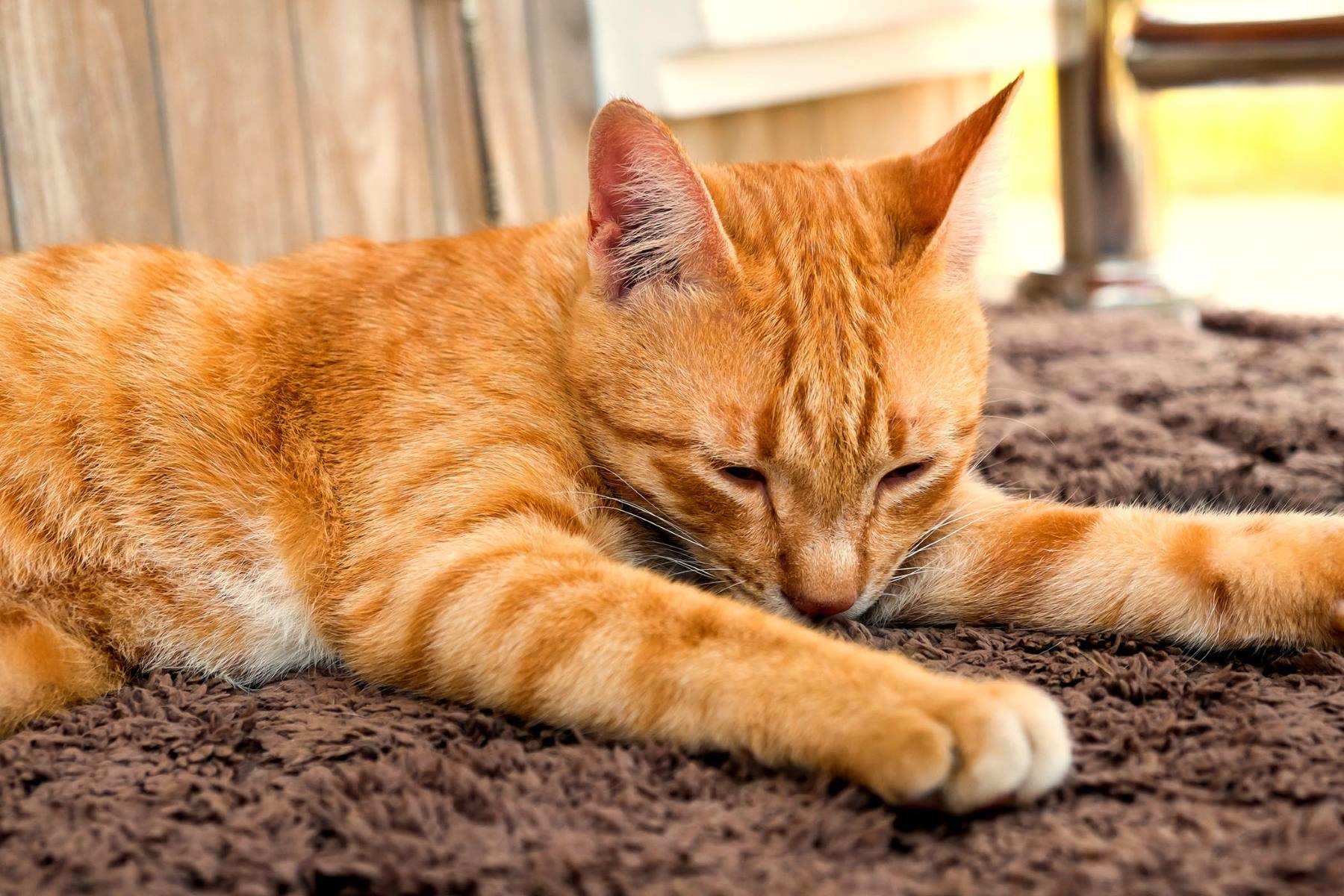

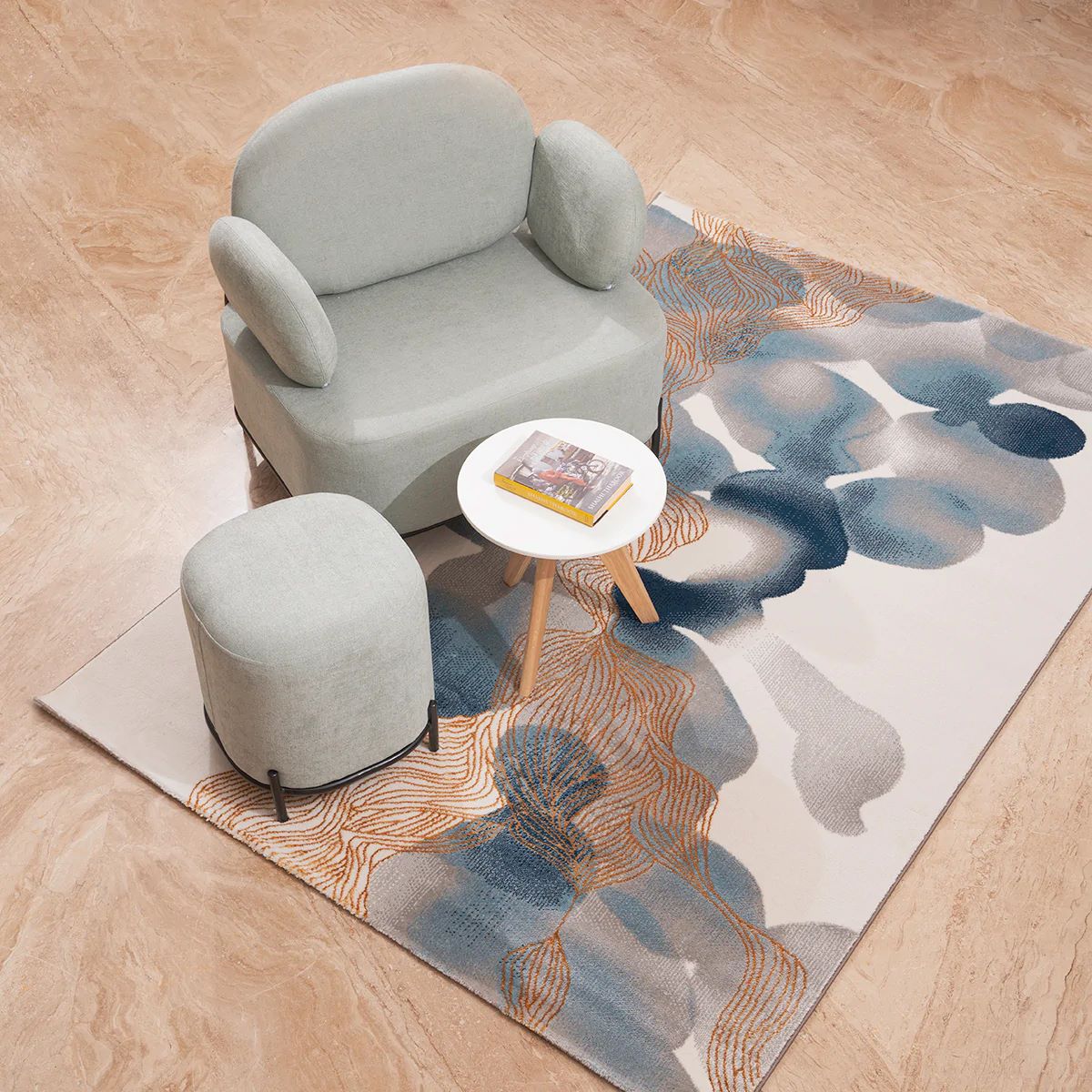
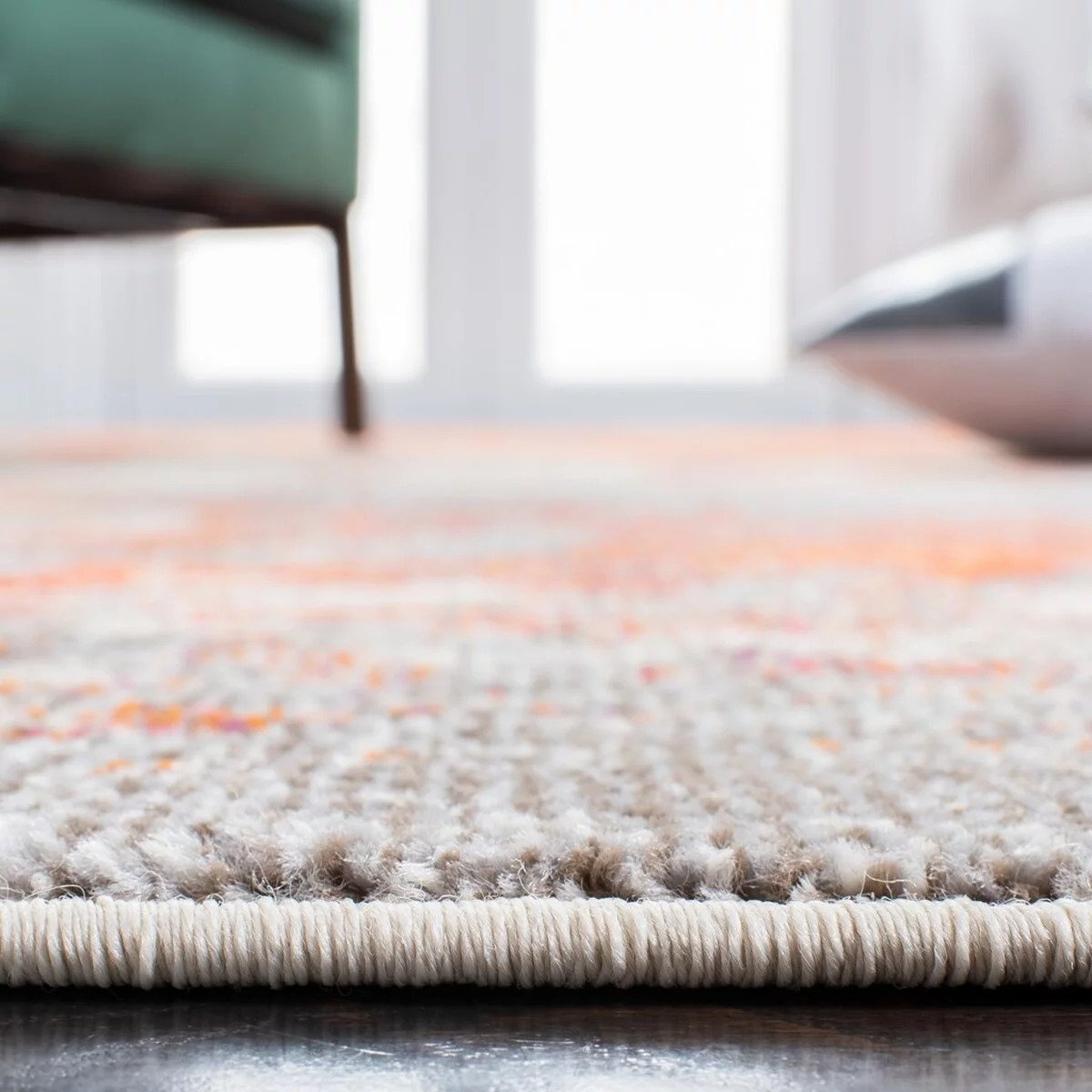
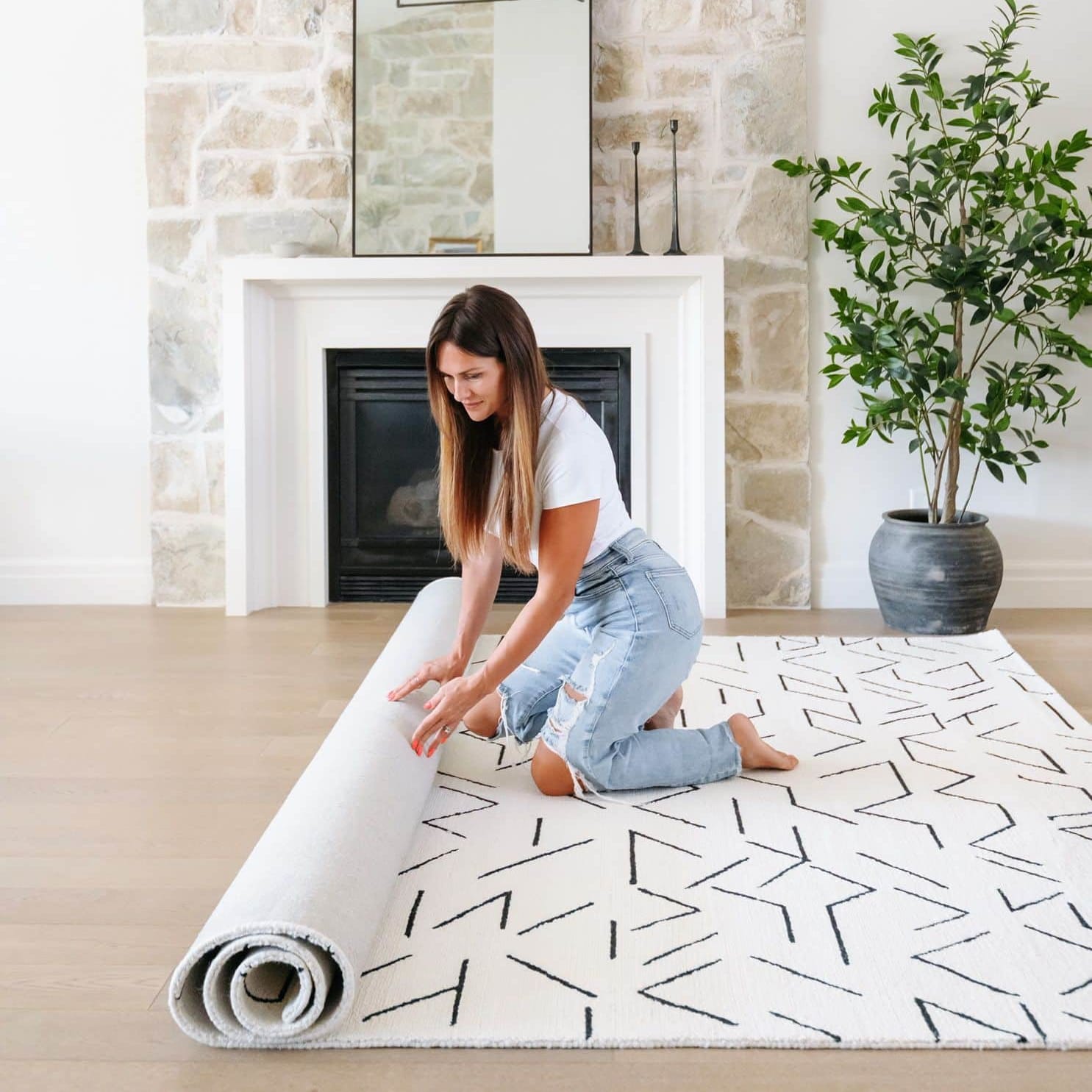
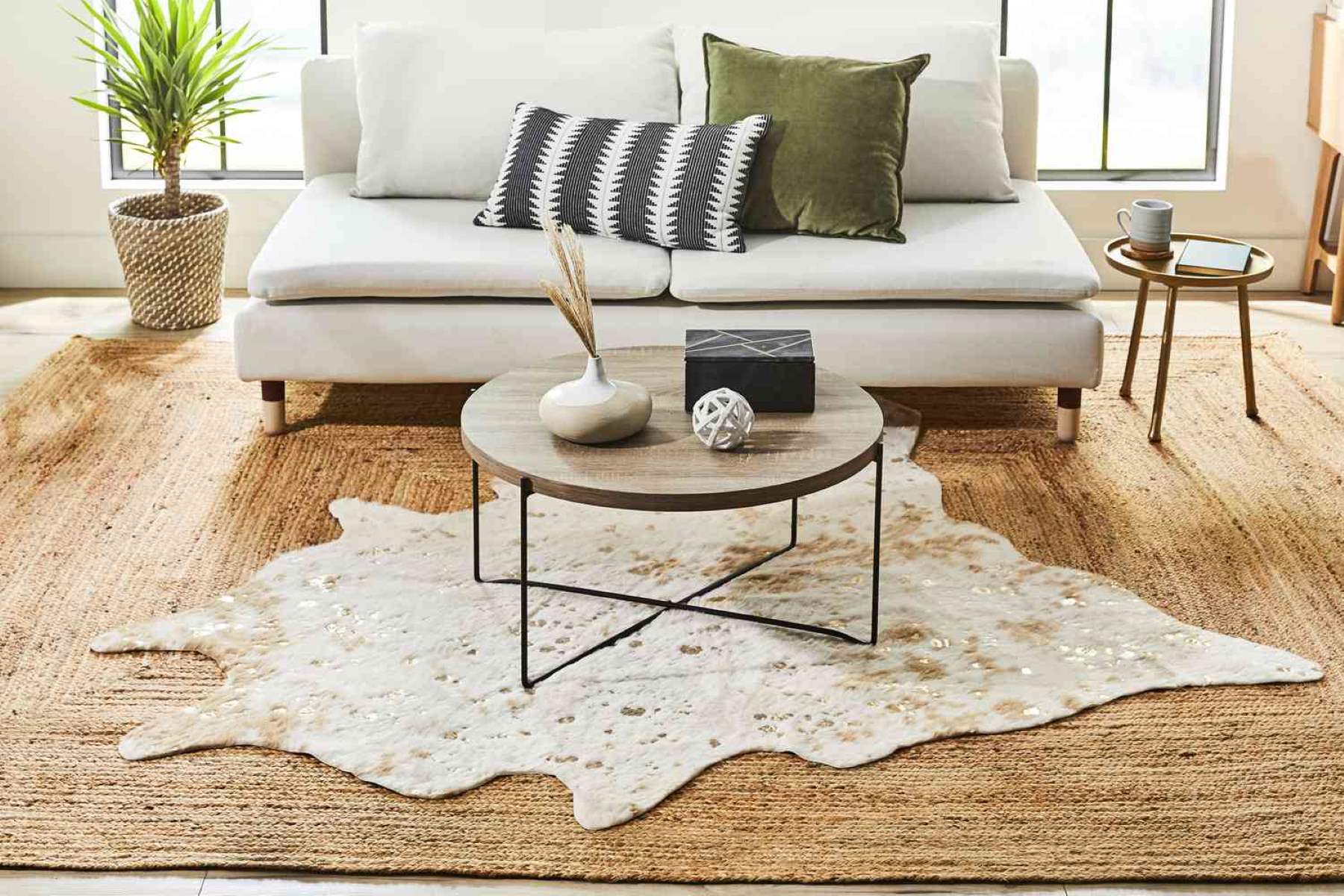
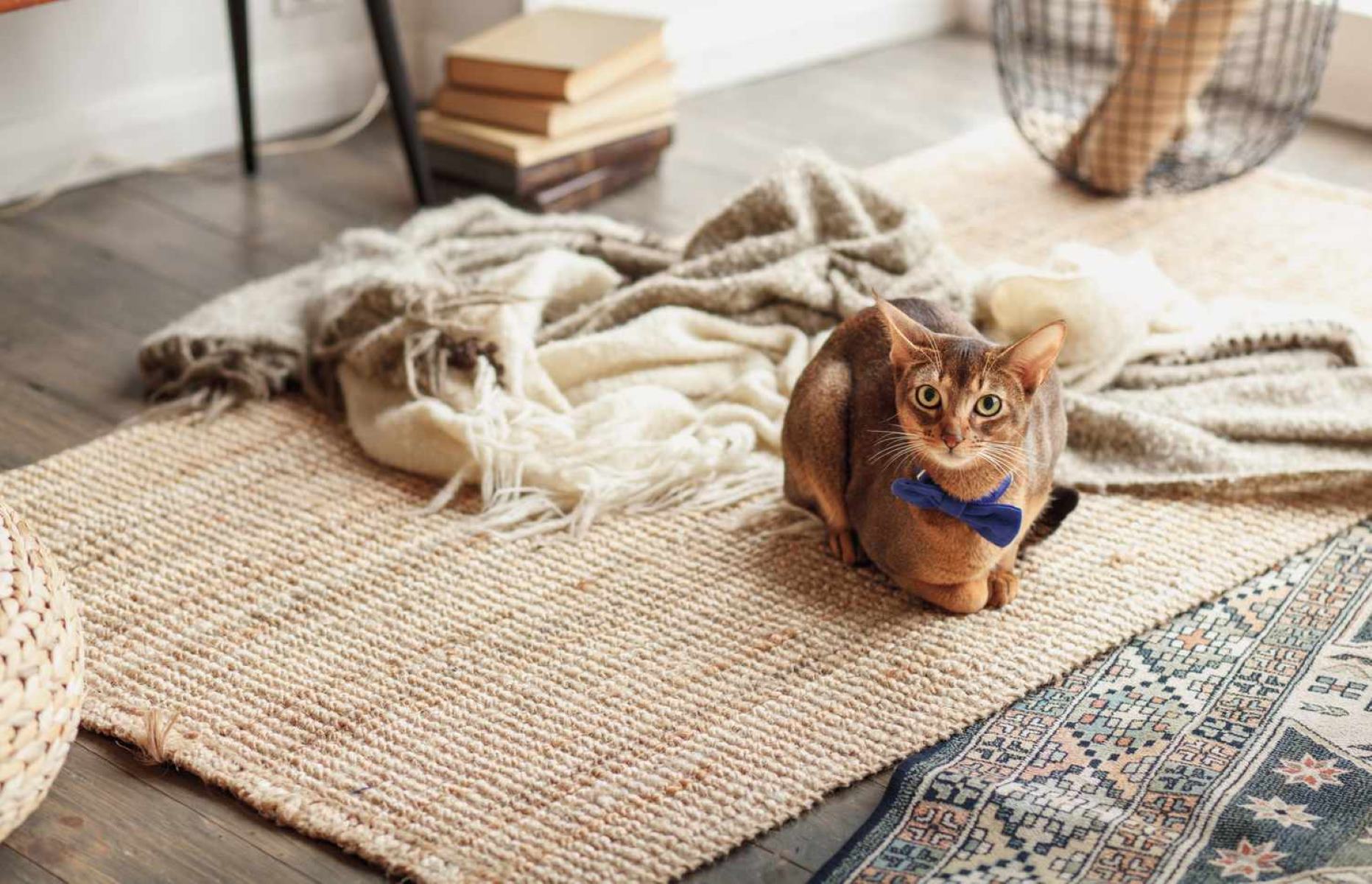
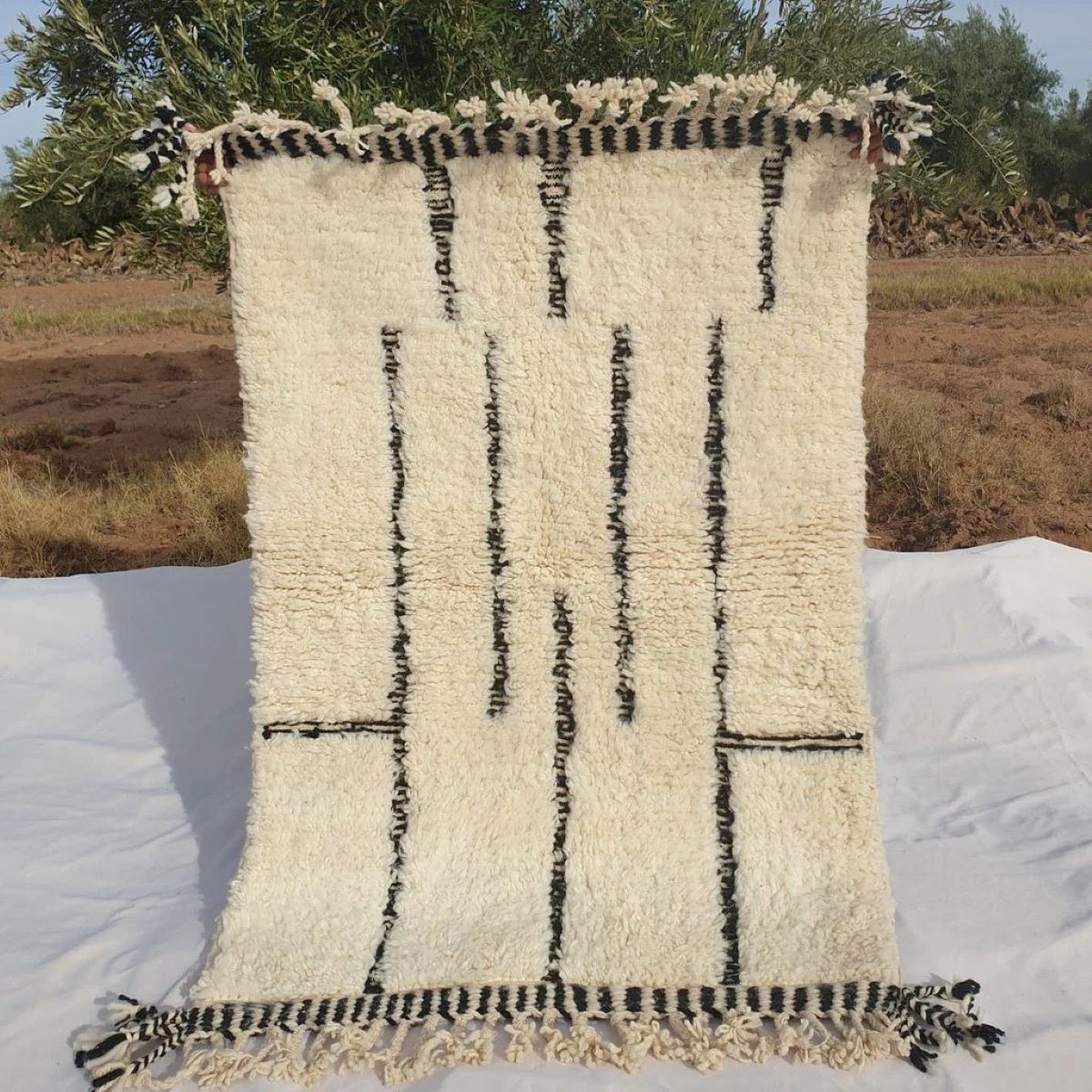

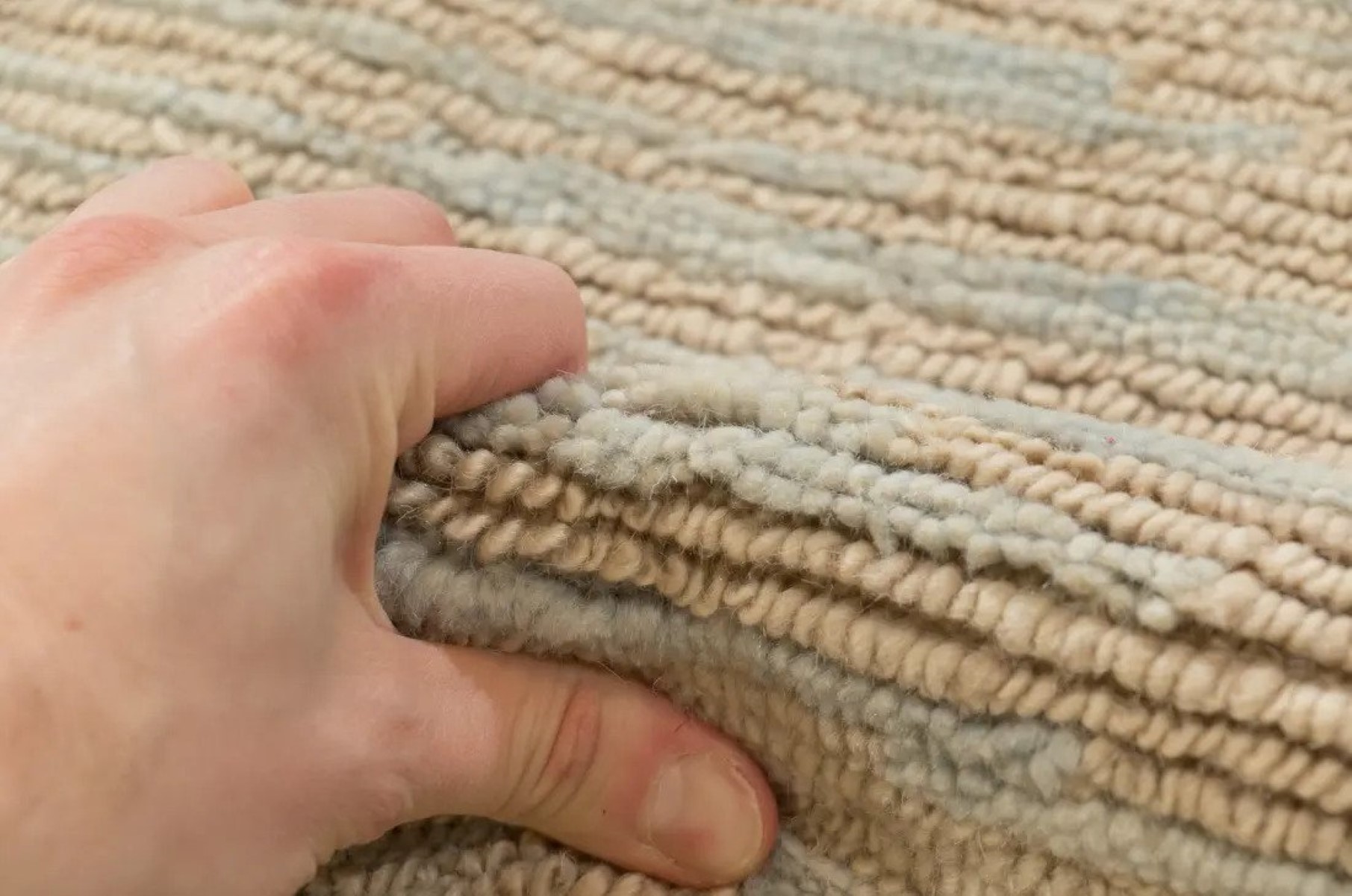

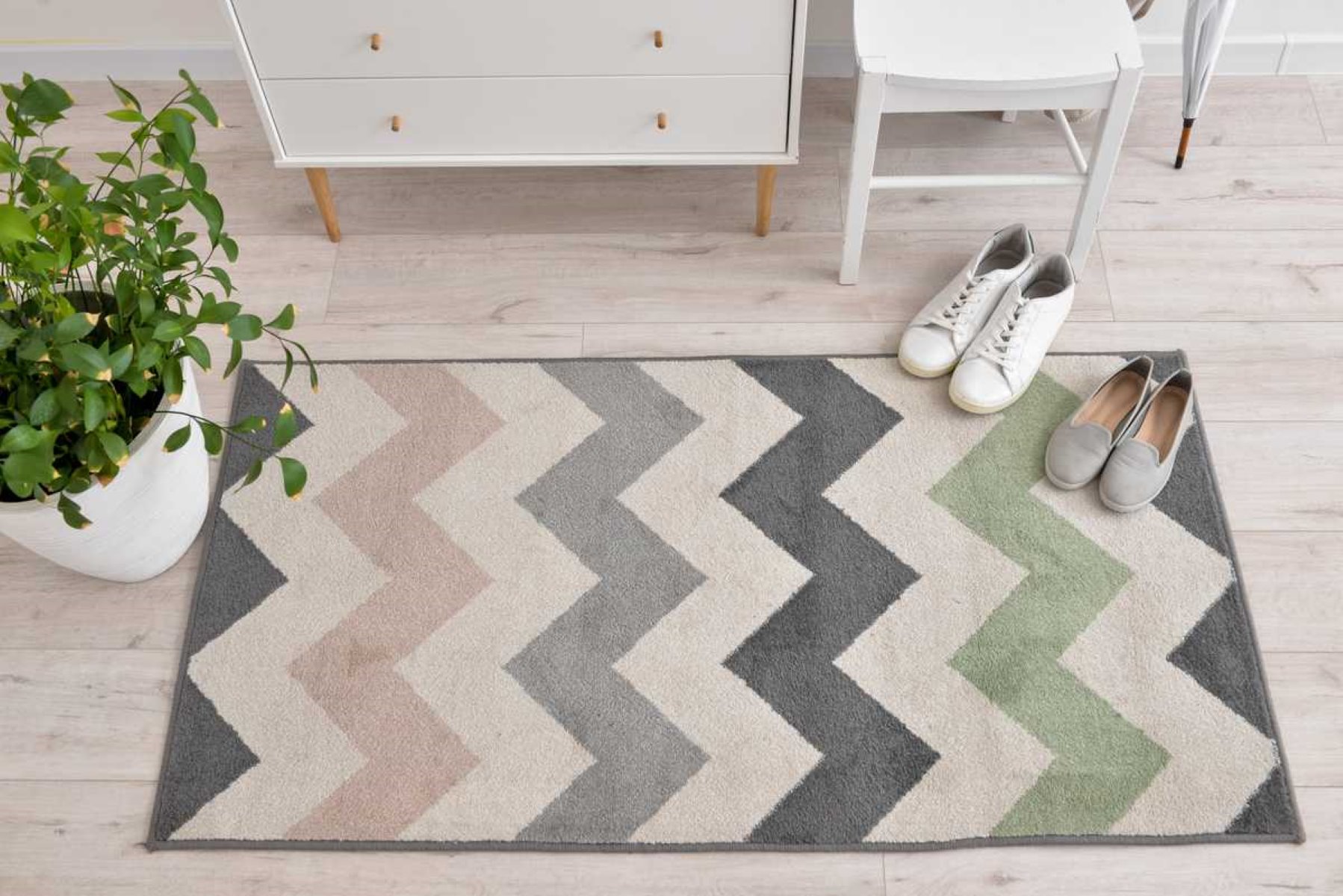
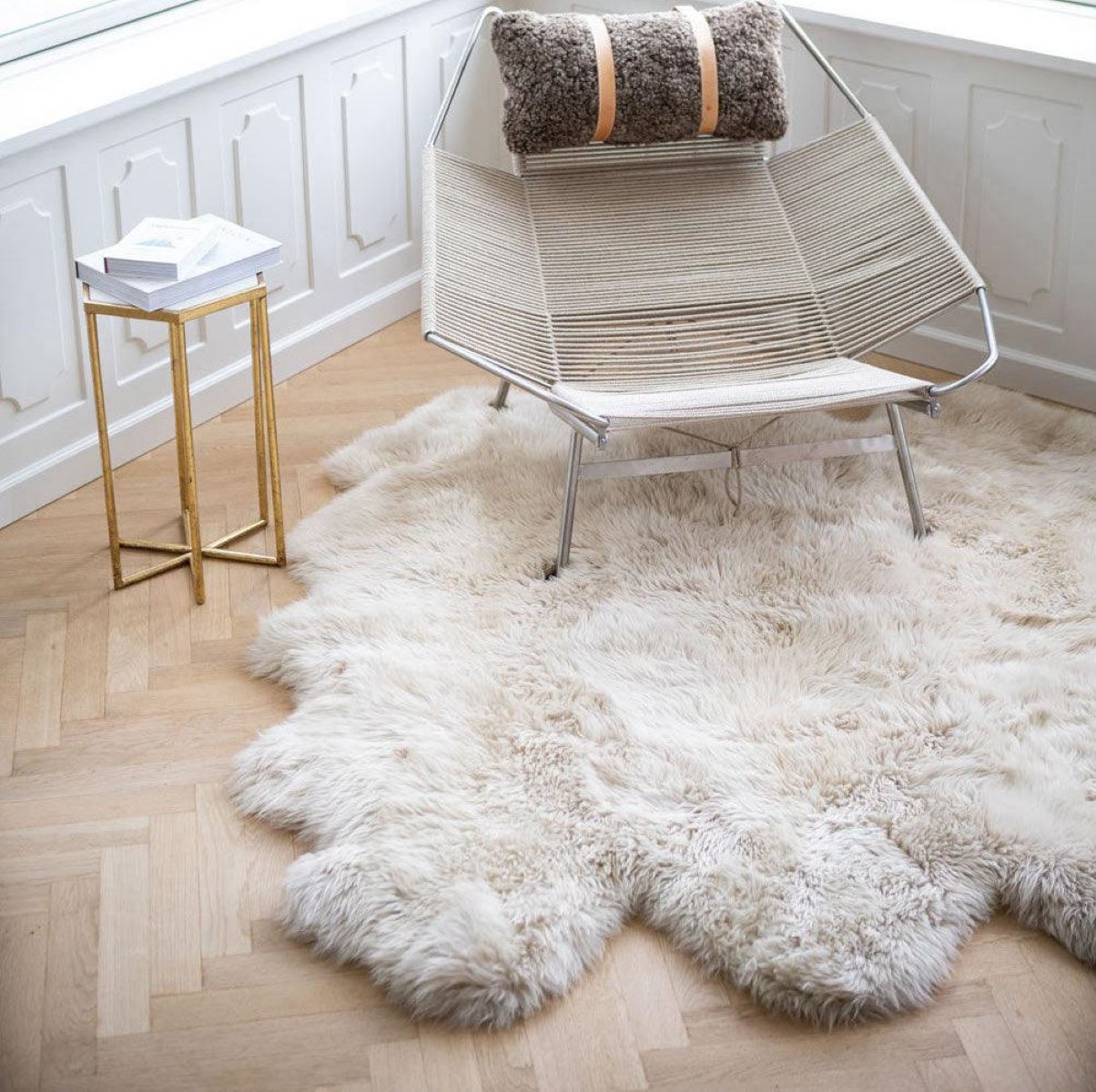
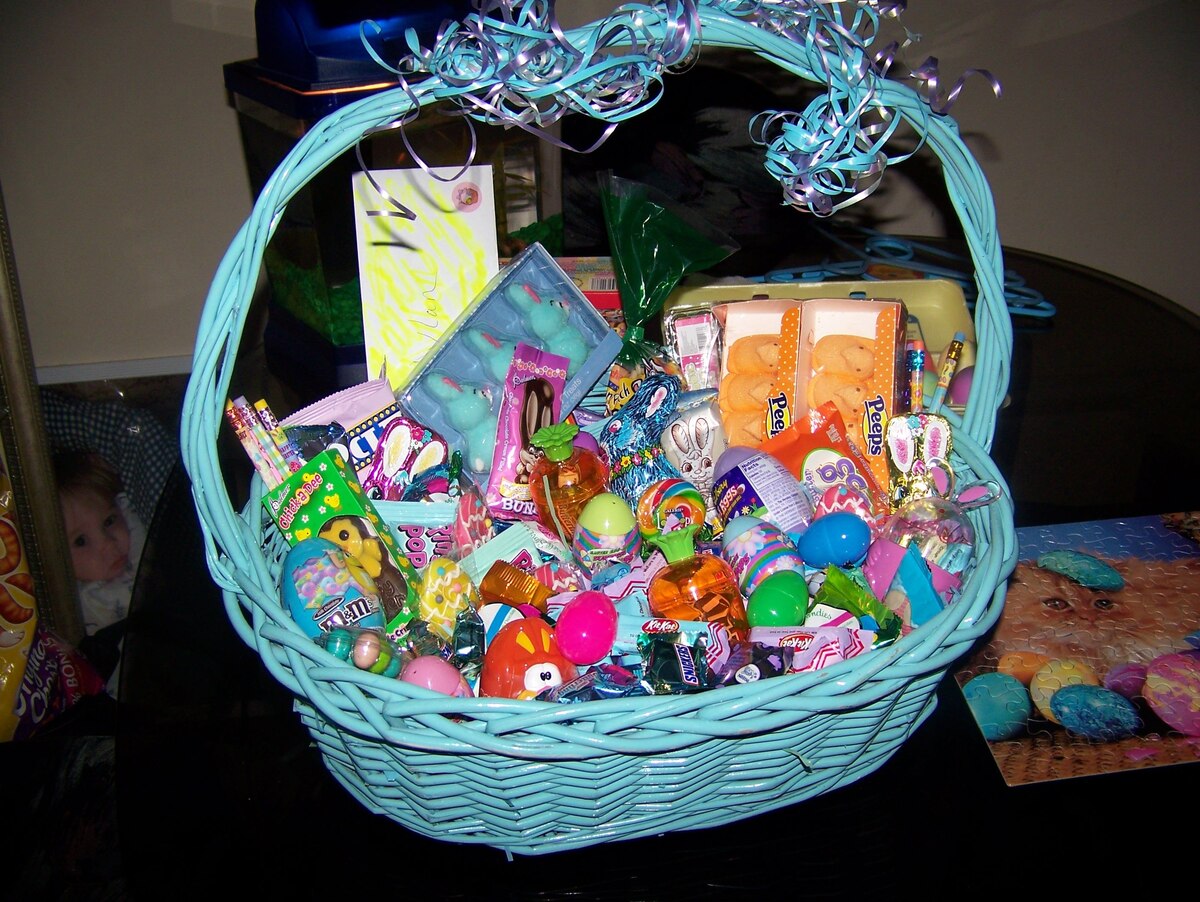

0 thoughts on “Why Do Muslims Pray On Rugs”